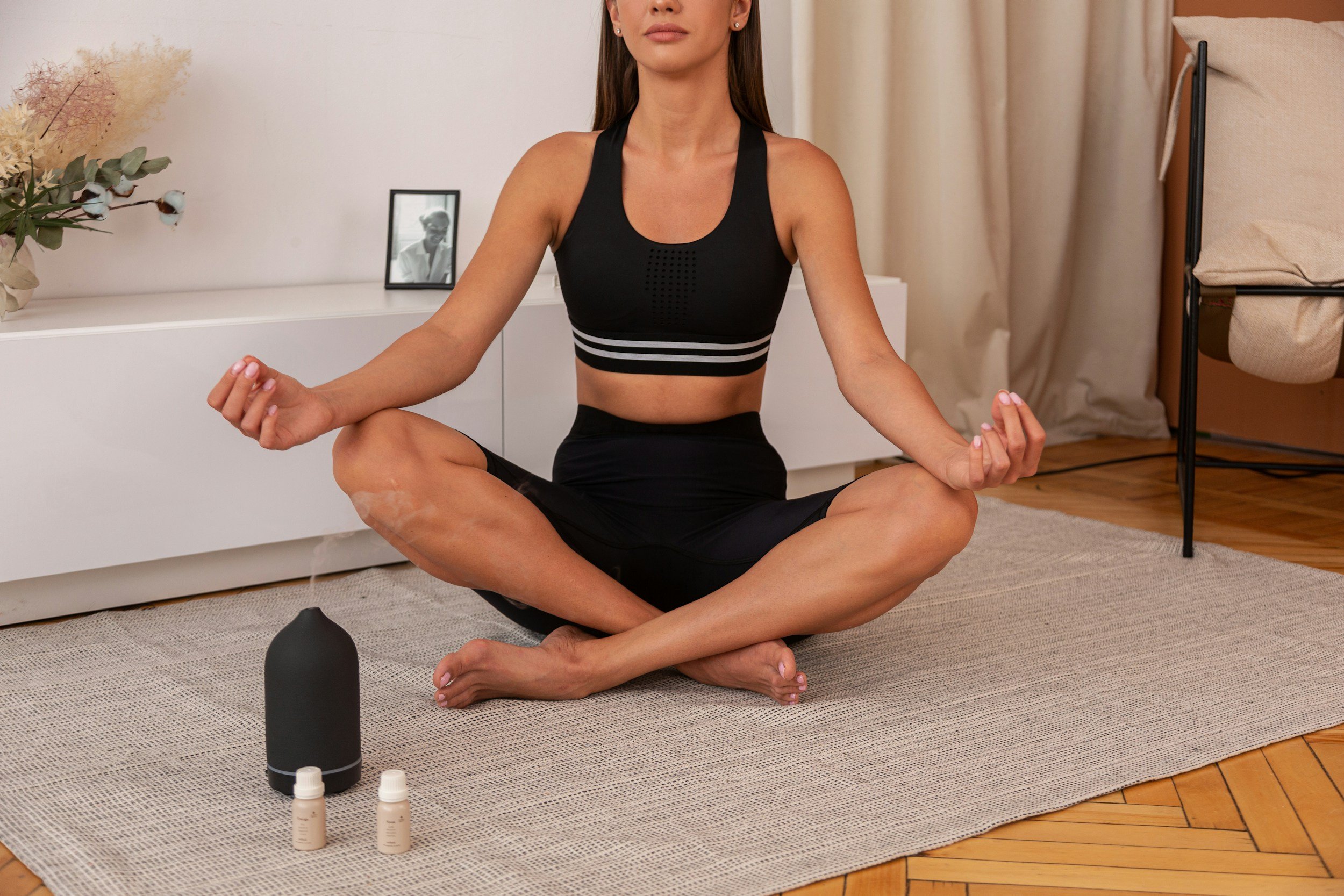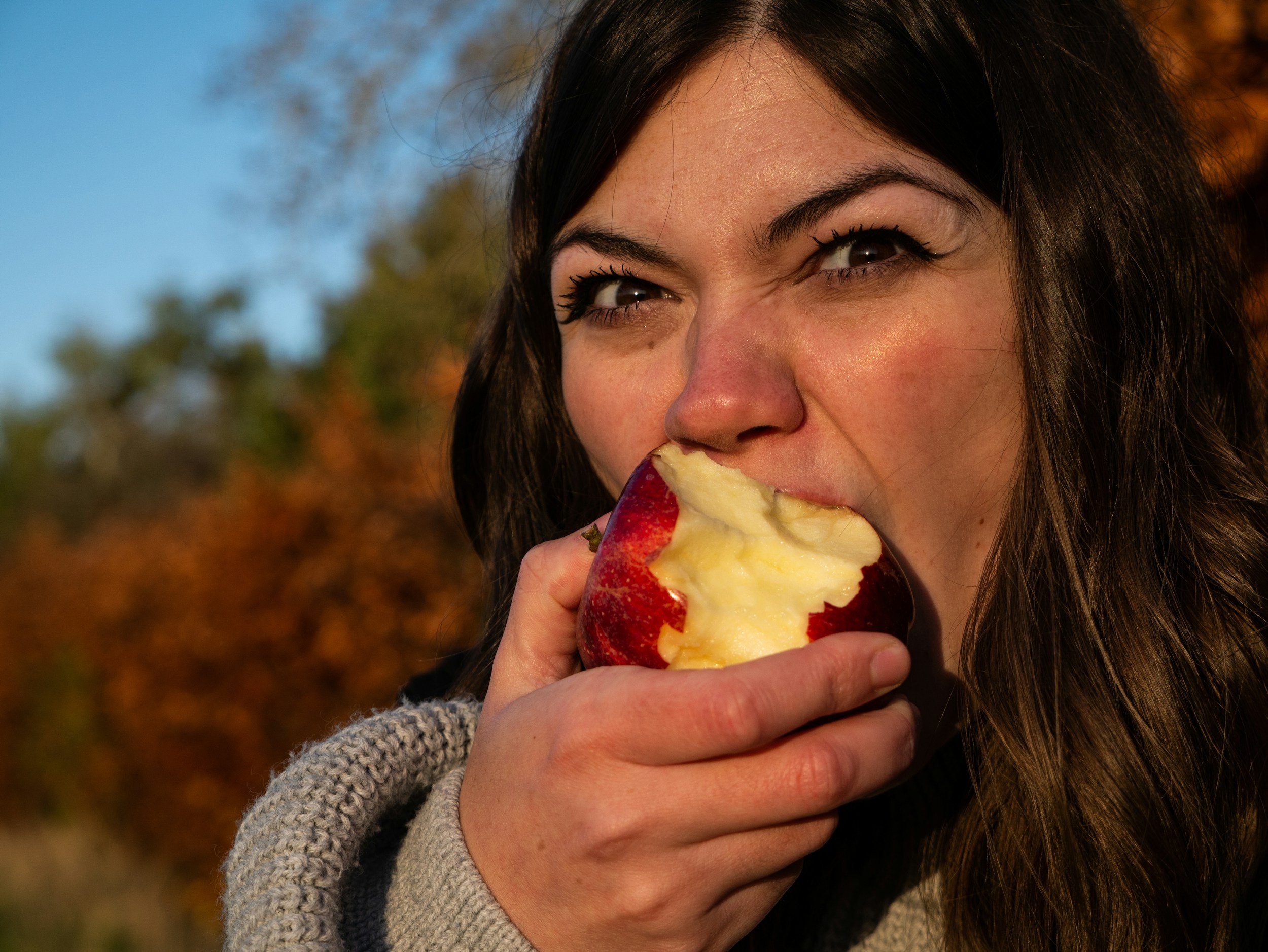What is ASMR ?
ASMR stands for Autonomous Sensory Meridian Response. It's a relaxing sensation often described as a tingling feeling that typically starts on the scalp and moves down the back of the neck and
spine.
What is ASMR

ASMR
In recent years, both frisson and ASMR have gained popularity as unique sensory experiences that evoke strong emotional and physical reactions. Though they are often discussed together due to their shared ability to trigger pleasurable sensations, these phenomena are distinct in nature.
While many may associate ASMR with whispers, the soft speaking trigger stands out for its gentle tone, clarity, and ability to create a sense of closeness. Whether it’s a soothing voice guiding you through a story or offering comforting words, soft speaking taps into deep psychological and emotional responses. But what makes soft speaking such a powerful ASMR trigger?
Whether it's slow, deliberate motions or gentle gestures across the screen, hand movements captivate audiences and often produce the "tingles" that ASMR enthusiasts seek. But what makes this seemingly simple visual trigger so effective?
While some may find the sound of someone munching on food surprising as a form of relaxation, it has become one of the most requested ASMR triggers. Whether it’s the crunch of a crisp apple or the squish of chewing gum, eating sounds hold a unique place in the ASMR world. But what makes eating and chewing so popular as a trigger?
The gentle rustle of paper being turned, the soft brushing of fingertips across pages, and the subtle creases that form all contribute to a rich sensory experience. But why is the sound of page turning so captivating in ASMR?
Personal attention triggers have become one of the most cherished forms of ASMR content. These triggers mimic close, one-on-one interactions, where the ASMR creator focuses directly on the viewer, offering care, warmth, and calm. But why is personal attention such a powerful ASMR trigger?
One of the more unusual but widely loved ASMR triggers is crinkling. From the rustling of paper to the soft crackle of plastic wrappers, crinkling sounds have found a firm place in ASMR content. So, why is crinkling such a popular and effective ASMR trigger?
While many triggers contribute to this phenomenon, brushing sounds have emerged as one of the most beloved in the ASMR community. Whether it’s the soft strokes of a makeup brush, the swish of a paintbrush, or the rhythmic motion of hair brushing, this trigger has an immediate soothing effect. So, why is brushing such an effective ASMR trigger?
Among the many popular triggers in the ASMR community, tapping stands out for its simplicity and wide appeal. From gentle finger taps on wooden surfaces to rhythmic tapping on glass, this trigger resonates deeply with ASMR enthusiasts. But what makes tapping so effective and beloved?
While many different sounds and visual stimuli can induce ASMR, whispering remains one of the most popular and effective triggers. But what makes whispering so captivating in this context?
In a world full of constant noise, stress, and pressure, finding moments of peace and relaxation can be a challenge. That’s where ASMR—Autonomous Sensory Meridian Response—comes in. Over the past few years, ASMR has emerged as a popular method for achieving deep relaxation and calm.
In a fast-paced world filled with endless demands, many people are turning to unconventional methods for relief from stress, anxiety, and emotional overwhelm. One of the most fascinating and increasingly popular approaches is ASMR—short for Autonomous Sensory Meridian Response.
WELLNESS
Whether it's deadlines at work, personal obligations, or unexpected life events, managing stress effectively is crucial for maintaining overall well-being. While we can't always control what happens around us, we can control how we respond to it. The key is developing habits and techniques that promote inner peace, even in the face of chaos.
In today’s fast-paced world, where we are constantly juggling work, family, social commitments, and personal growth, it’s easy to feel overwhelmed. One of the most effective ways to protect your mental and emotional well-being is by setting healthy boundaries.
When we think of self-care, the image of a cozy bubble bath with candles often comes to mind. While a soothing bath can be a wonderful way to unwind, true self-care goes much deeper.
Yoga has long been celebrated for its ability to reduce stress, calm the mind, and promote a sense of balance. Whether you're dealing with daily stresses or chronic anxiety, practicing yoga can be a gentle and effective way to find relief
In a fast-paced world full of stress and distractions, finding mental clarity can feel like a challenge. One simple yet effective tool to help clear your mind and improve your overall well-being is gratitude journaling.
In a world where we are constantly connected, it’s easy to feel overwhelmed by the barrage of notifications, emails, and social media updates. While technology has its benefits, too much screen time can negatively impact your mental health, causing stress, anxiety, and even sleep problems.
Getting quality sleep is one of the most essential aspects of maintaining overall well-being. However, in our busy lives, restful sleep can often feel elusive.
In moments of stress or anxiety, your breath is a powerful tool that’s always available to help you regain calm and balance. Breathwork, the practice of consciously controlling your breathing, can instantly soothe the nervous system, reduce stress, and boost mental clarity.
In a world full of distractions, we often rush through meals, barely noticing what we’re eating. Mindful eating is a practice that encourages you to slow down, savor each bite, and fully engage with your food.
Mornings set the tone for the rest of the day. By adopting a few simple routines, you can foster mental clarity, positivity, and peace right from the moment you wake up.























